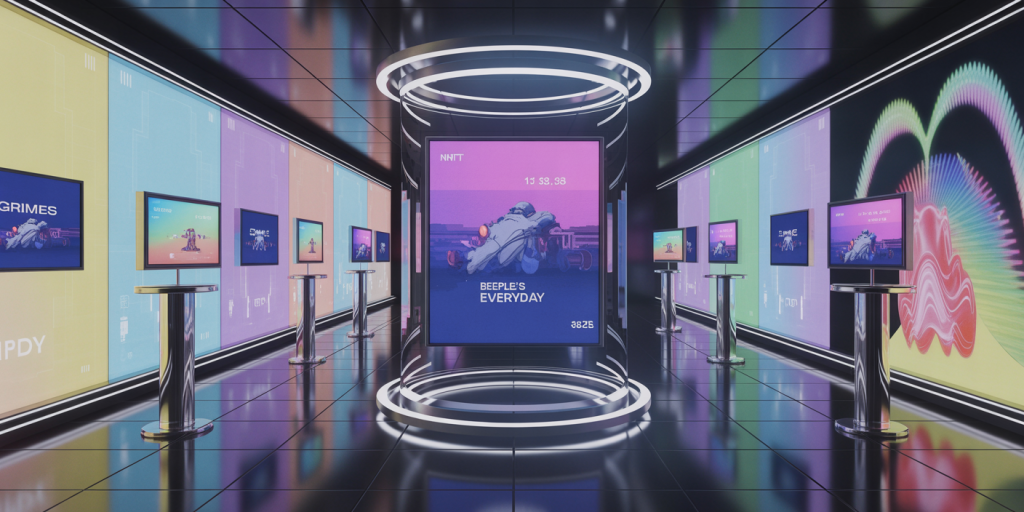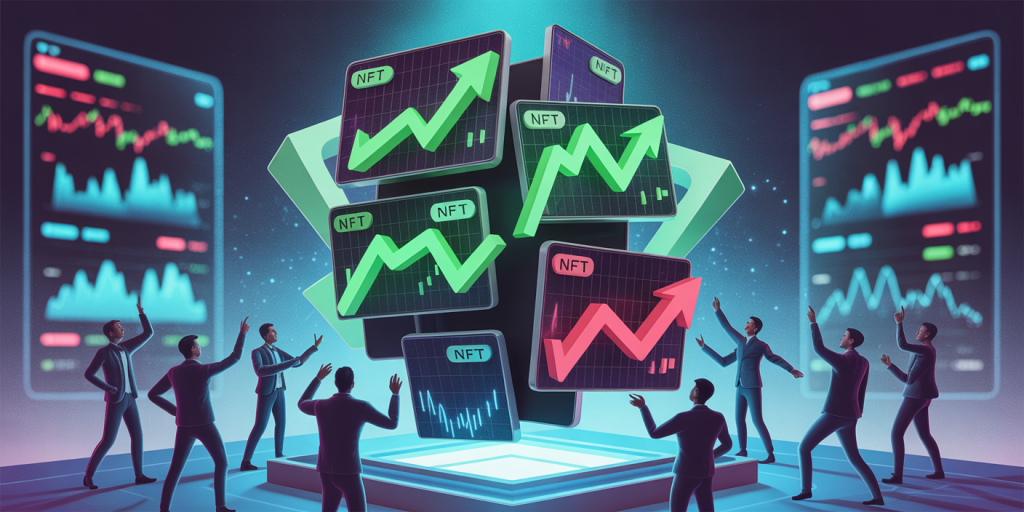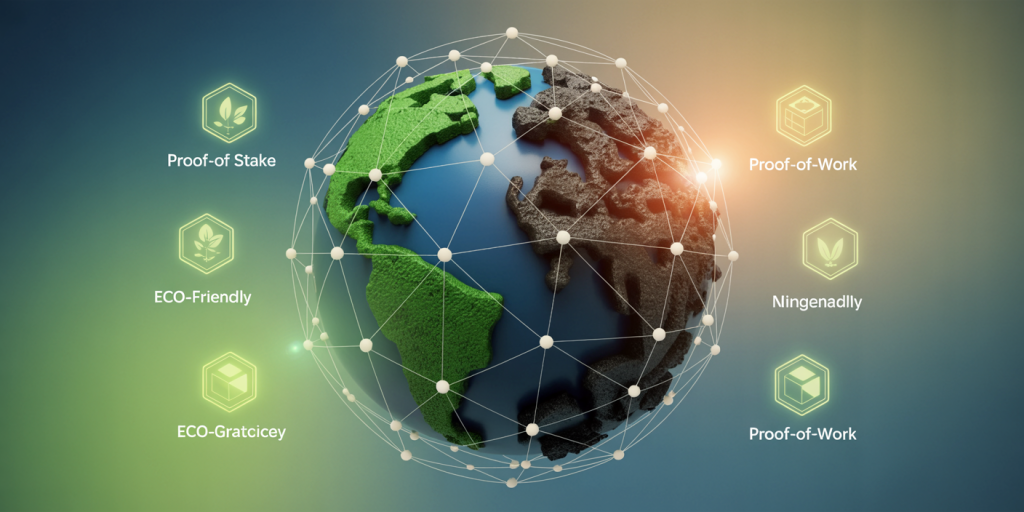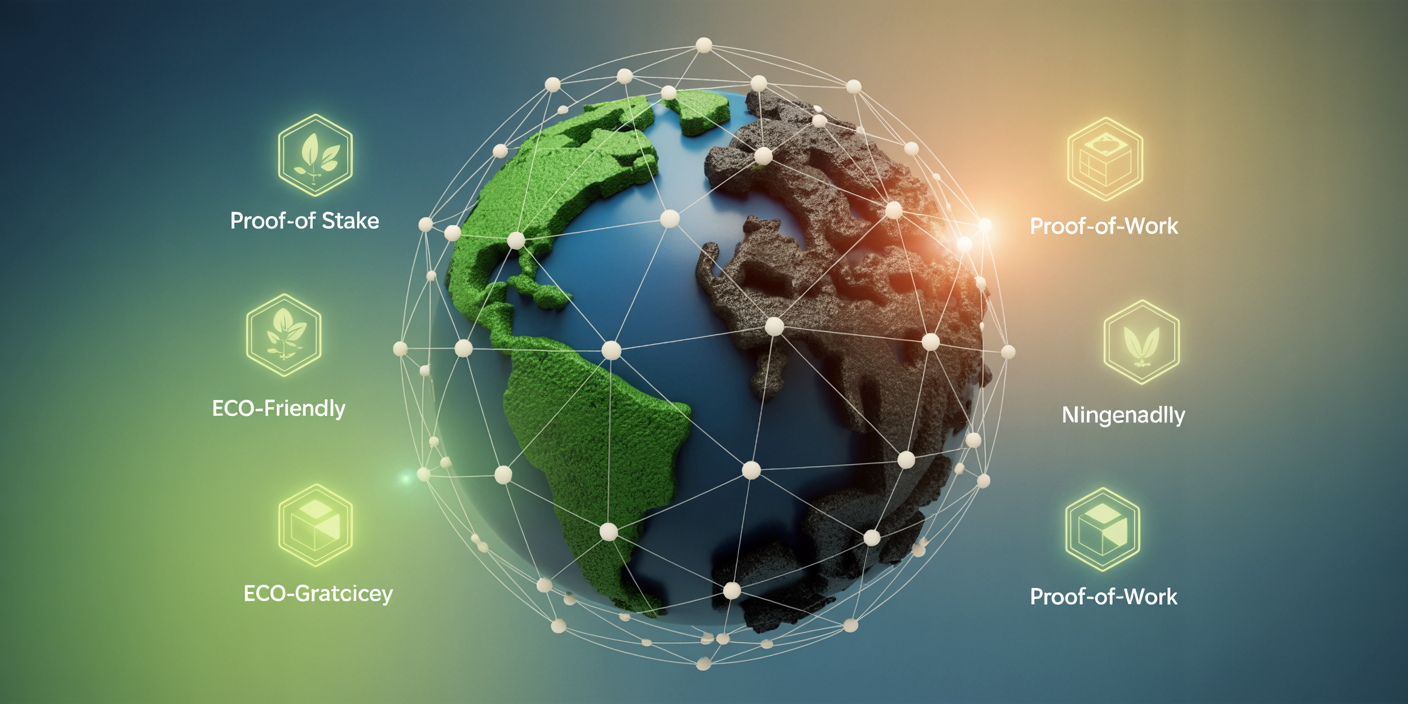The world of digital assets has witnessed a revolutionary transformation with the emergence of Non-Fungible Tokens (NFTs). Representing unique digital ownership on the blockchain, NFTs have opened new avenues for artists, collectors, and investors alike. From digital art and music to virtual real estate, NFTs have redefined how value and authenticity are perceived in the digital realm. However, while offering significant opportunities, NFTs carry a spectrum of risks that potential participants must carefully consider.

Understanding these risks and rewards is crucial for anyone looking to engage with NFTs, either as creators, investors, or enthusiasts. This comprehensive analysis explores the multifaceted nature of NFTs, delineating their benefits and potential downsides. Real-world examples and data-backed insights help clarify their growing yet volatile market dynamics.
Understanding NFT Rewards: Unlocking New Opportunities in Digital Ownership
One of the most compelling rewards of NFTs lies in their ability to confer genuine digital ownership. Unlike traditional digital files that can be copied infinitely without loss of quality, NFTs represent a unique item verified on a blockchain. This uniqueness creates value, particularly for creators who can monetize their work directly without intermediaries.
For example, artist Beeple made headlines in 2021 by selling an NFT digital collage titled *Everydays: The First 5000 Days* for $69 million at Christie’s auction house. This sale marked a paradigm shift, demonstrating how NFTs could elevate digital art to the realm of high-value collectibles. Similarly, musicians such as Grimes have leveraged NFTs to sell exclusive music and multimedia packages, bypassing traditional music distribution channels and retaining greater control over their work.
Beyond individual creators, NFTs have introduced innovative monetization strategies through royalty smart contracts. These ensure that artists receive a percentage of the sale price every time their NFT changes hands, providing ongoing revenue streams from secondary markets—a concept unprecedented in traditional art markets.
NFTs also enhance community engagement and brand loyalty. For instance, projects like Bored Ape Yacht Club offer not only digital art but also access to exclusive member events and merchandise. This blending of digital ownership with real-world perks enhances fan interactions and creates additional value beyond the NFT itself.
Evaluating the Risks: Market Volatility and Speculative Nature
The rapid growth of NFTs has led to a highly speculative market characterized by significant price volatility. Many NFTs have experienced dramatic price fluctuations over short periods, with some initially hyped items losing substantial value after sales peaks. The speculative nature can expose investors to steep losses, especially those lacking in-depth knowledge of underlying market dynamics.

One illustrative case is the CryptoPunks collection, which saw individual NFTs selling for millions in 2021 but later experienced notable price corrections during market downturns. This volatility is driven by factors such as market hype, influencer promotion, and the relative novelty of the asset class.
Moreover, the NFT market is vulnerable to bubble-like conditions. According to DappRadar data from early 2022, while daily NFT trade volumes topped $100 million at one point, they have since declined sharply, indicating cooling investor interest and price corrections. This trend underscores the need for careful research and cautious investment strategies.
Another risk lies in the liquidity of NFTs. Unlike traditional financial assets such as stocks or bonds, NFTs are not always easily tradable or sellable. The unique nature of each token means a smaller pool of buyers, which can lead to long sale durations or forced discounts if liquidating quickly is necessary.
Legal and Regulatory Challenges Surrounding NFTs
The evolving regulatory landscape represents a significant risk factor for NFT adoption and investment. Globally, regulators are grappling with how to classify and govern NFTs, creating uncertainty around tax treatment, intellectual property rights, and consumer protections.
For example, in the United States, the Securities and Exchange Commission (SEC) is exploring whether some NFTs could be classified as securities, which would subject them to stricter regulations. This ambiguity has caused hesitation among institutional investors and platforms while NFT marketplaces develop compliance frameworks.
Intellectual property risks are also prevalent. There have been multiple reports of NFT sellers minting unauthorized copies of copyrighted content, leading to infringement issues. In 2021, a case involving an artist who found their work tokenized by a third party without permission highlighted the difficulties of enforcing copyrights in the decentralized NFT space.
Taxation adds another layer of complexity. Many jurisdictions treat NFT sales as taxable events, but rules vary widely. In some countries, profits from digital asset sales are considered capital gains, while others may impose VAT or equivalent taxes. Without clear guidance, buyers and sellers risk unintentional non-compliance.
Environmental Impact: Sustainability Concerns Tied to NFTs
One frequently discussed downside of NFTs is their environmental footprint. Most NFTs reside on blockchain networks like Ethereum, which historically have relied on energy-intensive proof-of-work (PoW) consensus mechanisms. This has raised alarms over the carbon emissions associated with minting and trading NFTs.
A 2021 report from Digiconomist estimated that a single Ethereum transaction could emit approximately 48 kg of CO2, comparable to a European car’s average weekly emissions. Given that minting an NFT can require multiple transactions, the aggregate environmental cost becomes substantial at scale.
However, progress is underway to mitigate this impact. Ethereum’s transition to Ethereum 2.0, based on proof-of-stake (PoS) consensus, promises up to a 99.95% reduction in energy consumption. Additionally, various NFT platforms are exploring more eco-friendly blockchains like Tezos or Flow, which have significantly lower carbon footprints.

Despite these improvements, environmental concerns remain a critical reputational risk for artists and brands associated with NFTs, prompting many to seek or promote greener alternatives proactively.
NFTs in Comparison: Digital Assets vs. Traditional Collectibles
Understanding NFTs’ unique position requires comparison with traditional physical collectibles such as art, stamps, or baseball cards. The table below highlights key differentiators and commonalities:
| Aspect | NFTs | Traditional Collectibles |
|---|---|---|
| Ownership Verification | Blockchain-based, tamper-proof | Physical certificates, expert appraisal |
| Transferability | Instant, global, 24/7 | Physical shipping, limited hours |
| Authenticity | Immutable digital record | Provenance documents, risk of forgery |
| Storage | Digital wallet | Physical storage space required |
| Liquidity | Variable, dependent on platform and demand | Variable, often slow sales |
| Market Accessibility | Open to global participants | Often regionally limited |
| Environmental Impact | Energy-intensive (depending on blockchain) | Minimal environmental impact |
| Ongoing Royalties | Built-in smart contracts | Usually no royalties on resale |
This comparison reveals NFTs’ advantages in transparency, convenience, and innovation, alongside practical challenges like environmental concerns and liquidity unpredictability.
Future Outlook: Emerging Trends and Potential Developments in NFT Space
Looking ahead, the NFT ecosystem is poised for significant evolution fueled by technological advances and broader adoption. One key trend is the integration of NFTs into metaverses—virtual worlds where users can interact, trade, and showcase digital assets. Projects like Decentraland and The Sandbox offer NFT-based virtual real estate, fostering entirely new economic models.
Interoperability is another promising development. Currently, NFTs often exist within siloed platforms, limiting their use outside native marketplaces. Efforts to standardize NFT protocols and enable cross-chain transfers will enhance liquidity and usability, broadening NFT appeal.
The rise of utility NFTs—tokens that provide functional benefits beyond simple ownership—is likely to expand. For example, NFTs linked to access rights for events, memberships, or even real-world assets could drive mainstream adoption.
Artificial Intelligence (AI) combined with NFTs may also revolutionize content creation and personalization, as seen in generative art projects that produce unique outputs verified via blockchain.
Regulatory clarity will be a decisive factor in whether NFTs gain institutional trust and deeper integration into financial systems. Simultaneously, continued innovation in energy-efficient blockchain technologies will address environmental criticisms, making NFTs more sustainable.
In summary, the NFT landscape is evolving from speculative frenzy toward mature applications, blending digital culture, economics, and technology. Stakeholders who understand both the risks and rewards stand to benefit from this dynamic frontier.
By analyzing the multifaceted risks and rewards of NFTs, stakeholders can make informed decisions to navigate this promising yet complex digital asset class. From unprecedented opportunities in digital ownership and creator monetization to volatility, legal uncertainties, and environmental considerations, NFTs represent a frontier with transformative potential and inherent challenges. Staying updated with market trends, regulatory shifts, and technological innovations will be essential for capitalizing on the NFT revolution responsibly.

Deixe um comentário